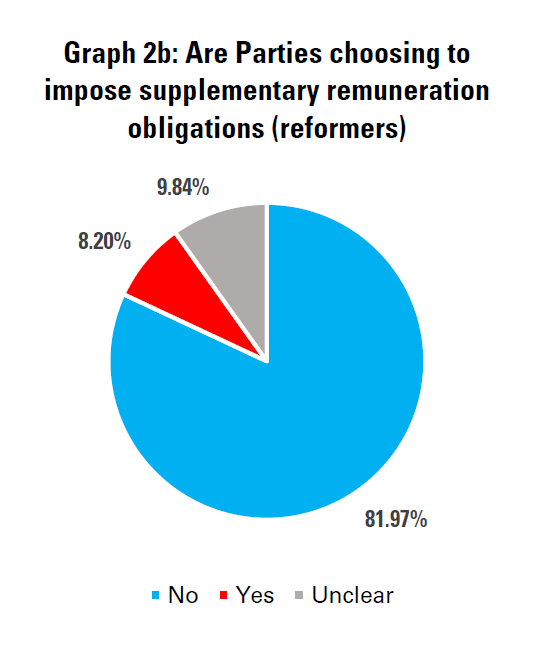10 years into the Marrakesh Treaty: what does the data say?
14 March 2023
With key copyright decision-makers meeting this week in Geneva at WIPO, we are happy to follow up on our report with an overview of country-by-country implementation of the Marrakesh Treaty with an analysis of the data as a whole. This demonstrates both the effectiveness of international action in driving national change, and the fact that most countries have sought to maximise the possibilities created to provide access for persons with print disabilities.
Almost 10 years ago, governments from around the world agreed on the Marrakesh Treaty. This was a landmark moment – the first global Treaty focused on upholding the rights of users concerning copyrighted books and other materials.
The need for the Treaty was pressing – just a tiny fraction of the total output of publishers was available to people with print disabilities, including persons experiencing blindness, visual impairment, or other conditions that left them unable to read books in the same way as the population at large.
Due to the very broad rights granted by copyright laws, persons with print disabilities and the institutions that support them, including of course libraries, were not allowed to create and share accessible format copies without seeking permissions or paying compensation. This imposed near-impossible barriers, undermining delivery of the human right of access to information set out in the Convention on the Rights of Persons with Disabilities.
10 years on, the Treaty has shown its power to address this challenge at the level of legislation. Building on our Marrakesh Monitoring Report, we are happy to share analysis of what the data gathered tells us about this impact.
 Governments choose to prioritise access
Governments choose to prioritise access
First of all, we can see that well over half of countries which have ratified or acceded to the Treaty have, or are currently passing, national legislation. While a higher share would be welcome, this is still a major step, representing around 1/3 of all countries in the world. The power of the Treaty to trigger reform is clear.
Secondly, it is clear that only a small share of governments have chosen to use the potentially harmful provisions in the Treaty that allow them to impose obligations either to pay further money to rightholders, or to carry out complicated checks on commercial availability. In particular, those governments which have passed legislation have overwhelmingly chosen to prioritise access.
Finally, a third of Parties to the Treaty (the governments which have ratified or acceded to it) allow all people with disabilities to benefit from the Treaty’s provisions. Again, this share is higher when focusing only on countries which have passed specific legislation.
This both helps show that it is possible to deliver benefits for all persons with disabilities, but also underlines how further steps at international level to broaden the definition of the beneficiaries of the Treaty could make an important positive contribution.
You can download the full report here.
We look forward to continuing to work with members and governments to promote the Treaty and its optimal implementation globally.